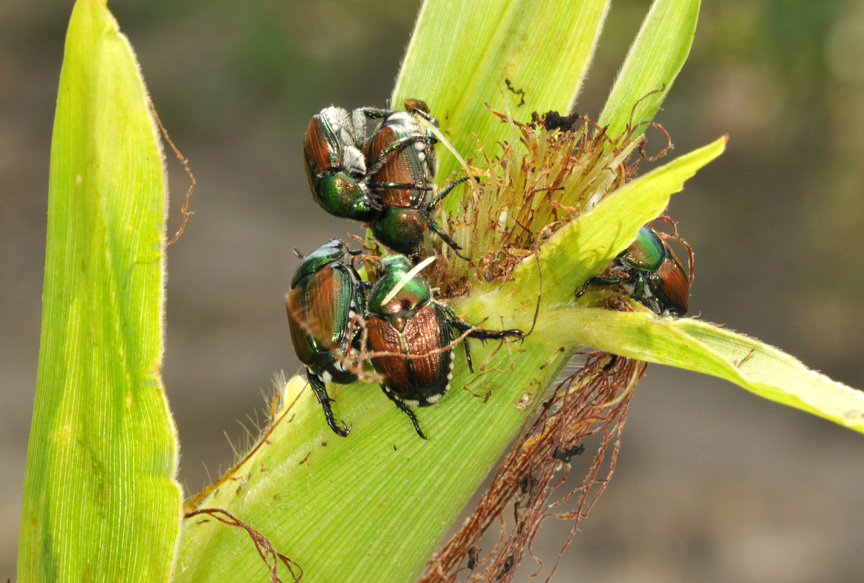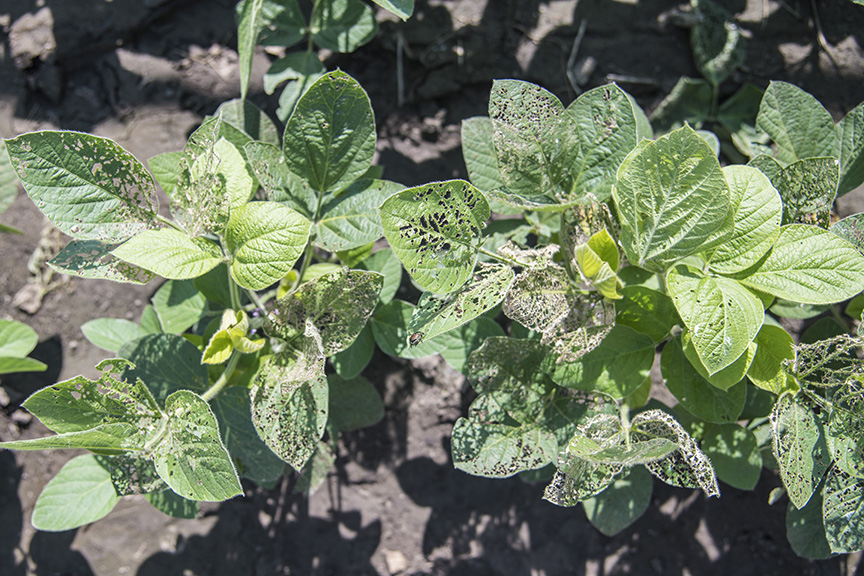By Rory Lewandowski, Mark Sulc, OSU Extension
We are quickly approaching the second good opportunity of the year for establishing perennial forage stands, which is in the month of August. Most of us were not able to establish forages this spring, and many existing stands were damaged by the winter followed by the heavy rainfall this year. It is time to make preparations and be ready to plant perennial forage stands in the next few weeks.
Typically, the main risk with late summer forage seedings is sufficient moisture for seed germination and plant establishment. However, many parts of Ohio have adequate soil moisture from recent rains, and the outlook for the first half of August is for normal precipitation levels. Prepare now and be ready to take advantage of planting ahead of storm fronts as they occur in late July and early August.
Advantages to late summer forage establishment include the following: forage seedlings are not competing with the flush of annual spring and summer weed emergence/growth, soil borne root rot and damping off disease organisms that thrive in cool, wet soils are usually not an issue, and there may be fewer competing farm tasks than in the spring.
A very important consideration for seeding forages that is especially relevant this year is herbicide carryover restrictions. This will certainly be an issue to check on acres where corn and soybean herbicides were applied earlier this year in anticipation of planting, but rains prevented those crops from being planted. Before you consider establishing perennial forages on those prevented plant acres, please be aware that many grain crop herbicides have long rotation interval restrictions that will not allow safe planting of forages this year. The 2019 Ohio. Indiana, Illinois Weed Control Guide provides a summary table of herbicide rotation intervals for alfalfa and clovers (see http://go.osu.edu/herbrotationintervals). Forage grasses are not included in that table, but any restrictions will be stated on the herbicide labels. So, be sure to double-check your herbicide application history against the rotation restrictions stated on the labels for the forages you want to establish.
No-till seeding in August is an excellent choice to conserve soil moisture for good germination. Make sure that the field surface is relatively level and smooth if you plan to no-till seed because you will have to live with any field roughness for several years of harvesting operations. Sclerotinia crown and stem rot is a concern with no-till seedings of alfalfa in late summer and especially where clover has been present in the past. This pathogen causes white mold on alfalfa seedlings. They become infected during cooler rainy spells in late October and November, the disease develops during the winter, and seedlings literally “melt away” in winter and early spring. It can be devastating where the pathogen is present. No-till is especially risky where clover has been present because the sclerotia germinate from a shallow depth. Early August plantings dramatically improve the alfalfa’s ability to resist the infection. Late August seedings are very susceptible, with mid-August plantings being intermediate.
In a no-till situation, minimize competition from existing weeds by applying a burndown application of glyphosate before planting. Using no-till when herbicide-resistant weeds are present, such as marestail in a previous wheat field, creates a very difficult situation with no effective control options, so tillage is probably a better choice in those situations.
Post-emergence herbicide options exist for alfalfa to control late summer and fall emerging winter annual broadleaf weeds. A mid- to late fall application of Butyrac (2,4-DB), bromoxynil, Pursuit or Raptor are the primary herbicide options for winter annual broadleaf weeds. Fall application is much more effective than a spring application for control of these weeds especially if wild radish/wild turnip are in the weed mix. Pursuit and Raptor can control winter annual grasses in the fall in pure legume stands but not with a mixed alfalfa/grass planting. Consult the 2019 Ohio, Indiana, Illinois Weed Control Guide and always read the specific product label for guidelines on timing and rates before applying any product.
For conventional tillage seeding prepare a firm seedbed to ensure good seed-to-soil contact. Be aware that too much tillage depletes soil moisture and increases the risk of soil crusting. Follow the “footprint guide” that soil should be firm enough for a footprint to sink no deeper than one-half inch. Tilled seedbeds do not need a pre-plant herbicide.
Finally, keep in mind the following factors to increase establishment success.
- Soil fertility and pH: The recommended soil pH for alfalfa is 6.5 to 6.8. Forage grasses and clovers should have a pH of 6.0 or above. The minimum or critical soil phosphorus level for forage legumes is 25 ppm Bray P1 or 34 ppm Mehlich-3 and for grasses it is 15 ppm Bray P1 and 20 ppm Mehlich-3. The critical soil potassium level is somewhere between 100 and 125 ppm for many of our soils.
- Seed selection: Be sure to use high quality seed of adapted, tested varieties and use fresh inoculum of the proper Rhizobium bacteria for legume seeds. “Common” seed (variety not stated) is usually lower yielding and not as persistent, and from our trials the savings in seed cost is lost within the first year or two through lower forage yields.
- Planting date: According to the 15th edition of the Ohio Agronomy guide, planting of alfalfa and other legumes should be completed between late July and mid-August in Northern Ohio and between early and late August in Southern Ohio. Most cool-season perennial grasses can be planted a little later. Check the Ohio Agronomy Guide (see http://go.osu.edu/forage-seeding-dates).
- Planter calibration: If coated seed is used, be aware that coatings can account for up to one-third of the weight of the seed. This affects the number of seeds planted in planters set to plant seed on a weight basis. Seed coatings can also dramatically alter how the seed flows through the drill, so calibrate the drill or planter with the seed going into the field.
- Seed placement: The recommended seeding depth for forages is one-quarter to one-half inch deep. It is better to err on the side of planting shallow rather than too deep.
Do not harvest a new perennial forage stand this fall. The ONLY exception to this rule is perennial and Italian ryegrass plantings. Mow or harvest these grasses to a two and a half to three-inch stubble in late November to improve winter survival. Do not cut any other species, especially legumes.





 By: Clint Schroeder
By: Clint Schroeder


 By: Steve Culman, Meredith Mann, Stuti Sharma, Muhammad Tariq Saeed, Anthony Fulford, Laura Lindsey, Aaron Brooker, Libby Dayton, Branly Eugene, Randall Warden, Kurt Steinke, Jim Camberato, Brad Joern
By: Steve Culman, Meredith Mann, Stuti Sharma, Muhammad Tariq Saeed, Anthony Fulford, Laura Lindsey, Aaron Brooker, Libby Dayton, Branly Eugene, Randall Warden, Kurt Steinke, Jim Camberato, Brad Joern







